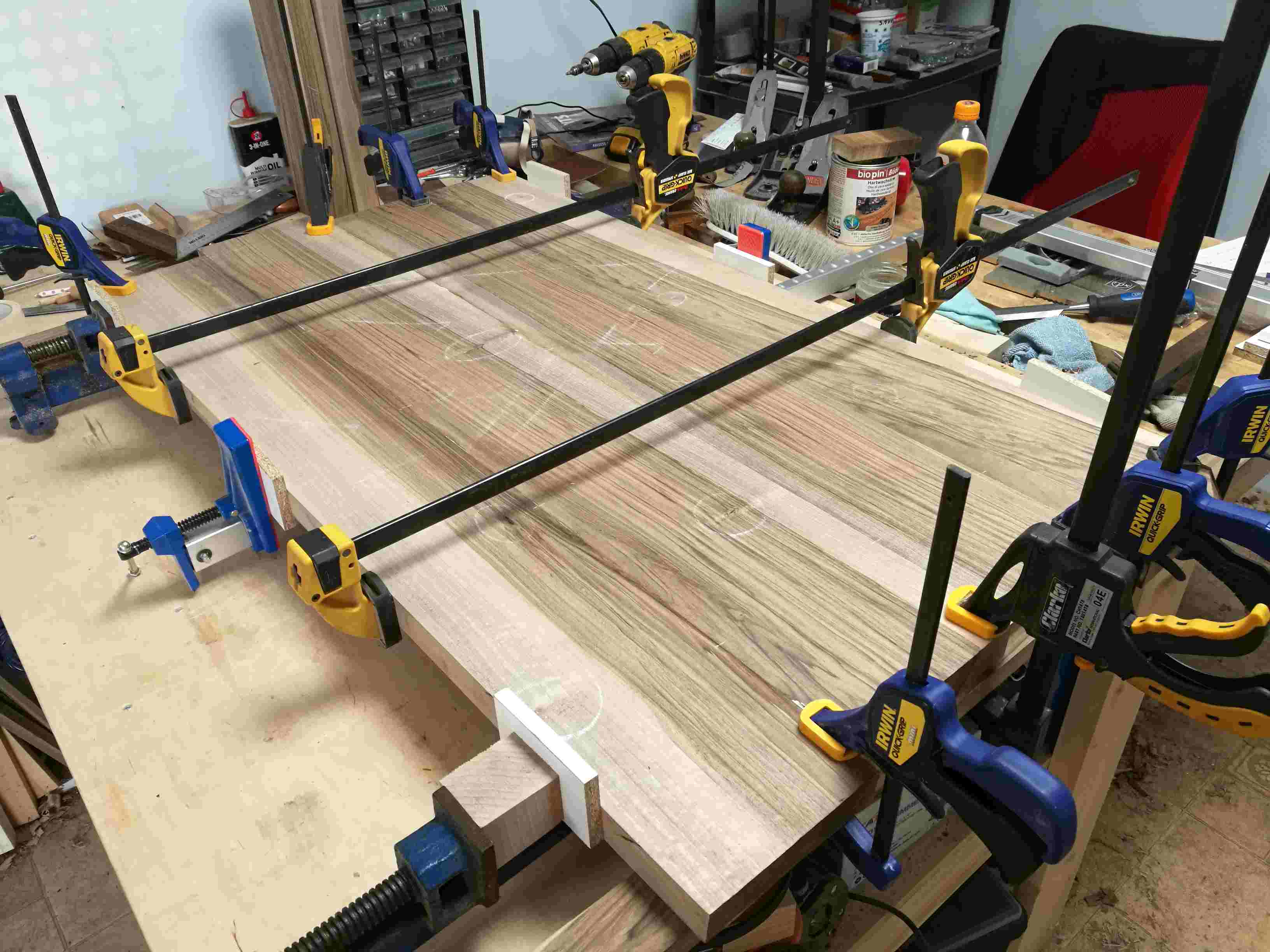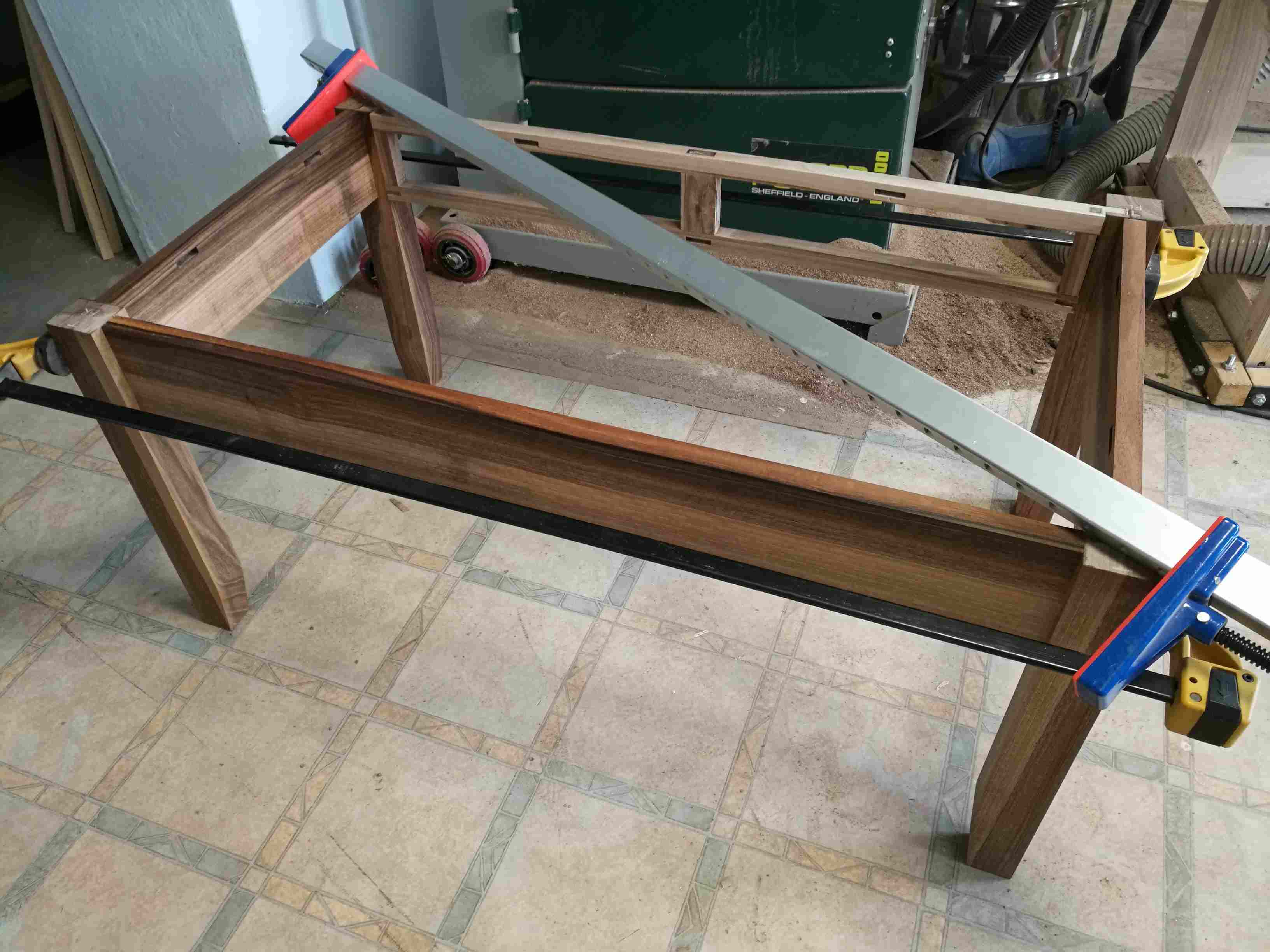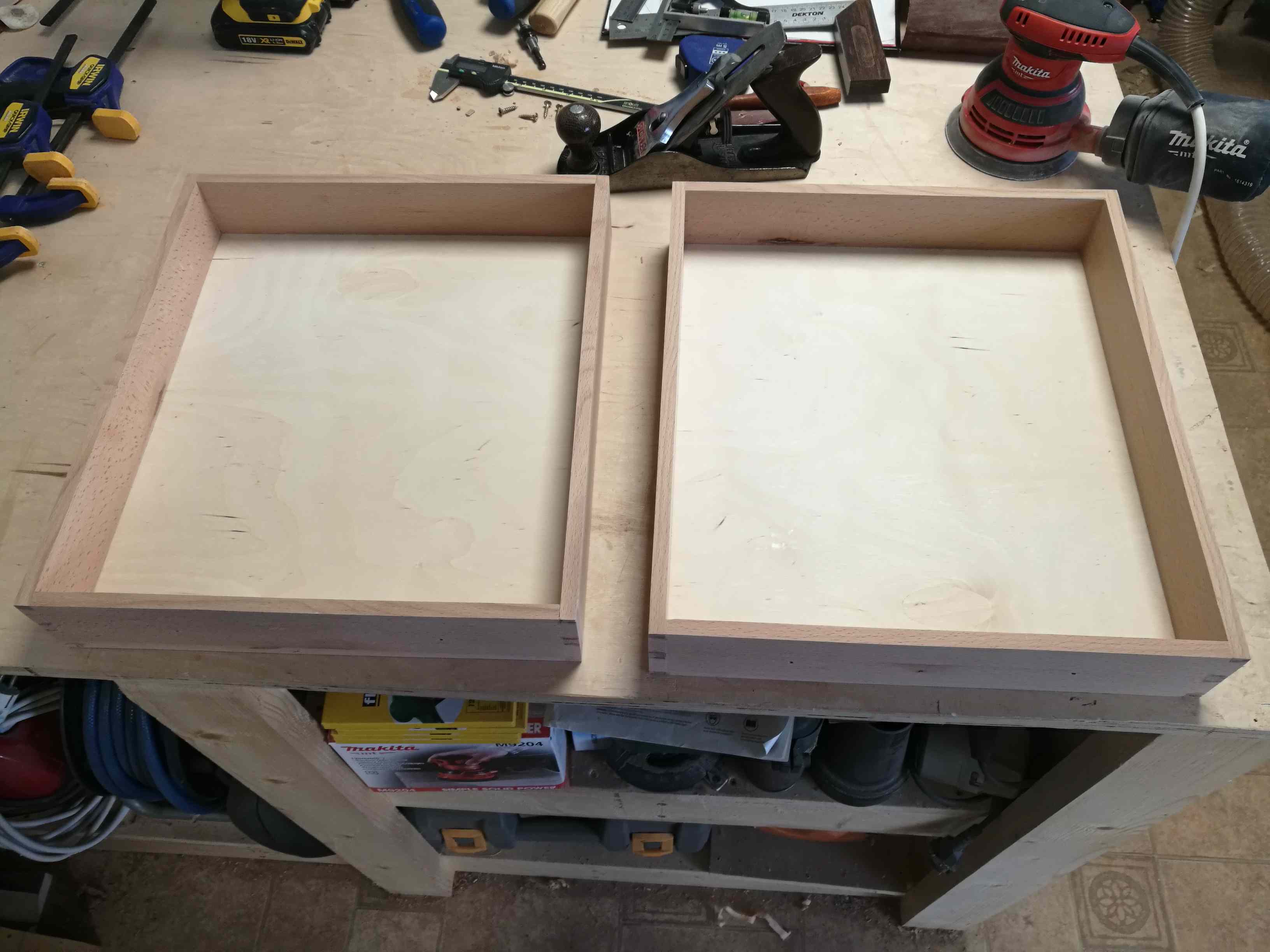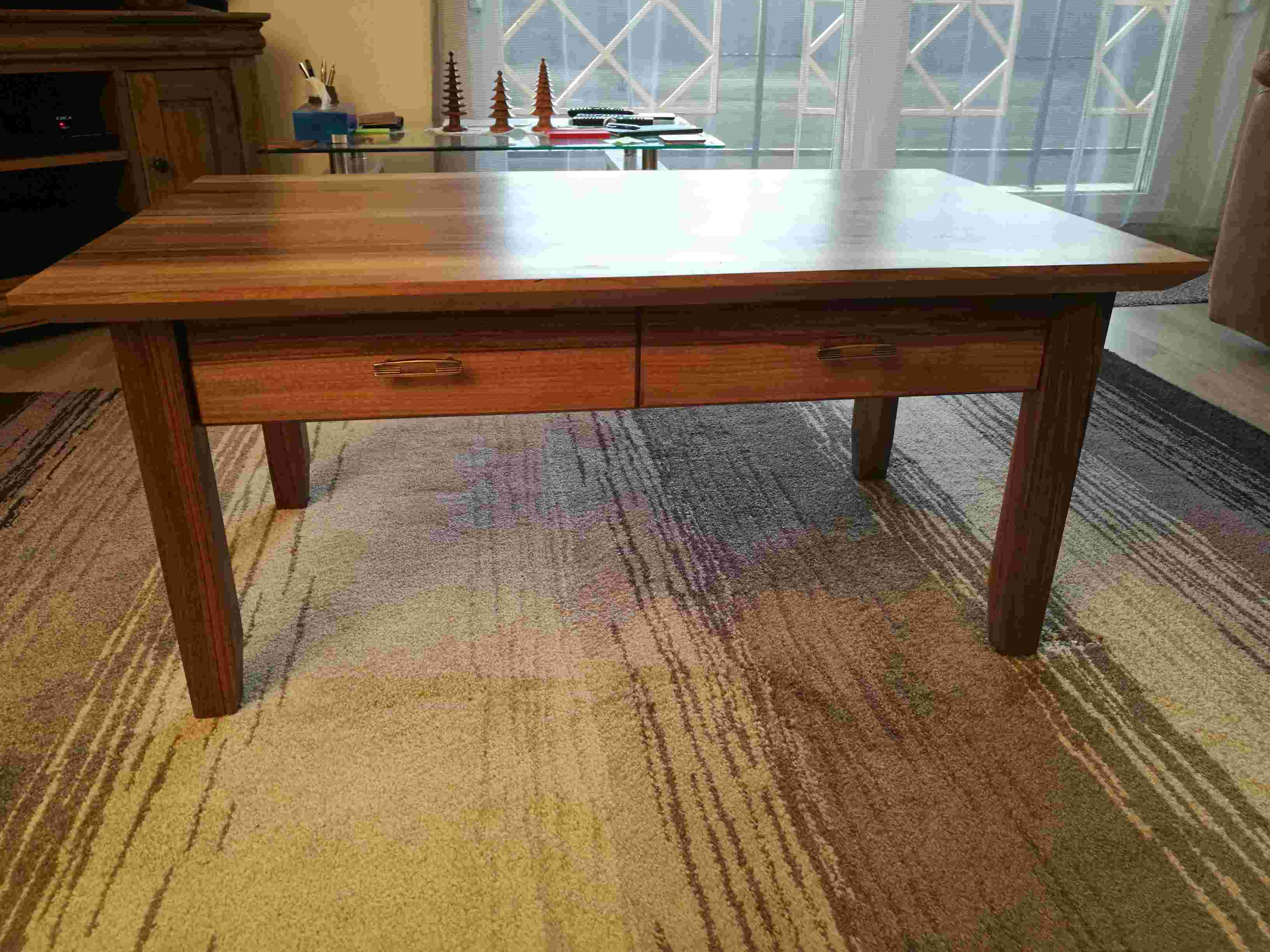MikeG.":35k98jhw said:
Steliz":35k98jhw said:
Rob, I understand your reasoning for binning sapwood but it is a luxury most woodworkers don't have.......
It's not really a luxury, I'm afraid. Think of sap wood as the wrapping and the heartwood as the present. The sap is where all the bugs and beasties lurk, and it is generally much softer and more vulnerable than heartwood.
There's much truth in what you say, Mike, particularly with regard to timber species in which there's marked colour differentiation between sapwood and heartwood, as well as durability issues, e.g., European oak heartwood is classified as durable, and the sapwood is essentially non-durable.
American black walnut along with American black cherry come under some species specific rules in the American grading system permitting more sapwood in a board than would be allowed in other species: and, of course, pretty much 99% of both those species come from North America, and will have been graded using the American grading system prior to export elsewhere, e.g., to the UK. On top of that, almost every board of American black walnut that's been through the typical large commercial mills and processing plants in the US are steamed to disguise the sapwood, not always particularly successfully unfortunately.
Still, sapwood in boards in some species is actually considered and graded as a desirable characteristic, because it's white or very pale in colour, and frequently virtually impossible to distinguish from the heartwood through a superficial inspection, i.e., a quick look at the board prior to basic machining. Specifically, species such as hard and soft maple fall into this category, as does as ash.
I guess all of the above was just a long-winded way of getting to make the point that sapwood isn't always a 'bad guy', but in relation to the table under discussion in this thread (the principal subject), I agree that I'd prefer to see the sapwood cut off in a walnut table, leaving only the richer coloured heartwood. Slainte.































































